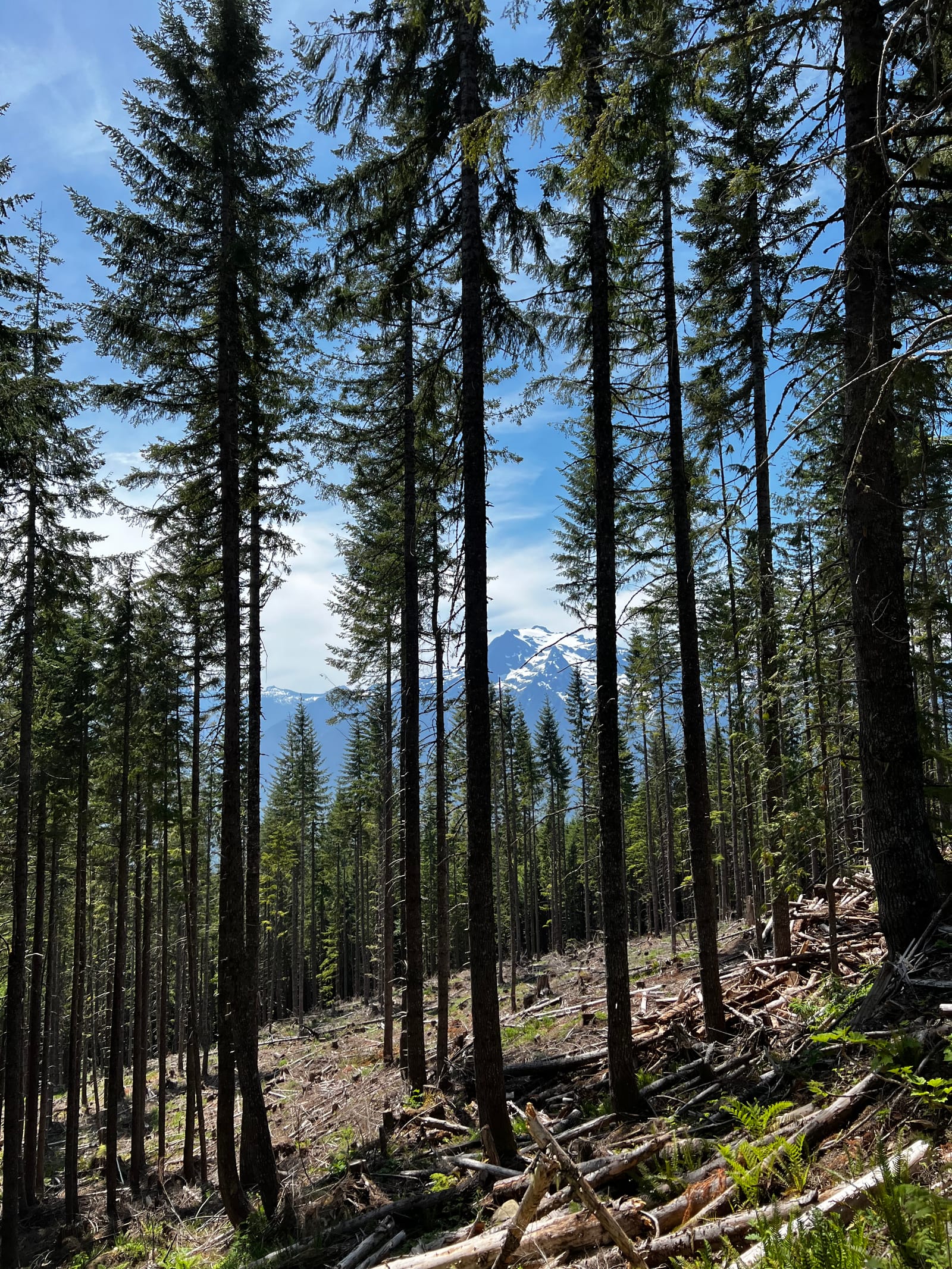Since the early 1990s, timber harvest volume on federal forestland in the Pacific Northwest has decreased by more than 90 percent. While federal forests make up nearly half of all forestland in Washington and Oregon, they currently account for only 10 percent of wood supply in the region. As a result, many mills shuttered and the communities they supported declined. In the past few decades, federal forests have also become increasingly susceptible to disease and megafires, which ravage the landscape threatening life, livelihoods, and critical habitat. While part of the initial decline in federal forest harvest levels was due to efforts to build habitat for sensitive or endangered species, today additional challenges exist as federal forest management agencies face litigation, dwindling revenues, and increased wildfire costs. These social challenges have made it difficult for forest managers to accomplish active management, including planned harvests despite the need to treat an additional 20 million acres of forest at risk of catastrophic wildfire events.
Recognizing the need to better manage these forests to sustain rural communities, reduce catastrophic wildfire, and generate resources for the U.S. Forest Service, stakeholders throughout the nation have formed community-based forest collaboratives to create a forum to identify and support local forest restoration and harvest projects.
Collaborative Highlight: Mission Restoration Project
Collaborative forestry seeks to bring diverse, sometimes conflicting, stakeholders together with a goal of building a common vision for managing federal forestlands. Collaborative forestland governance can help address the needs of a variety of stakeholders and accelerate landscape scale harvest planning and implementation, which helps create local jobs and reduces litigation. While forest collaboratives work to develop recommendations for the U.S. Forest Service, the collaborative process does not transfer government authority for federal actions or decision-making.
People you might see around the table at a forest collaborative meeting include forest sector employees, environmentalists, tribal representatives, recreationalists, business owners, and state, local, and federal agency representatives. Within the Forest Service’s Pacific Northwest Region (Region 6), there are currently 36 collaborative groups; eight in Washington and 28 in Oregon.
Hampton is certainly at the table. Improving the health of our federal forests, the local wood products sector, and the communities where we live and work will require dialogue, understanding, and trust among a wide array of stakeholders. As such, we are committed to the conversation.
Hampton Collaborative Forestry Manager, Anjolene Ngari participates in a number of collaborative efforts, including:
DARRINGTON COLLABORATIVE
NORTH CENTRAL WASHINGTON FOREST HEALTH COLLABORATIVE
PINCHOT PARTNERS
SOUTH GIFFORD PINCHOT COLLABORATIVE
TAPASH COLLABORATIVE
You can learn more about Anjolene’s work here.


